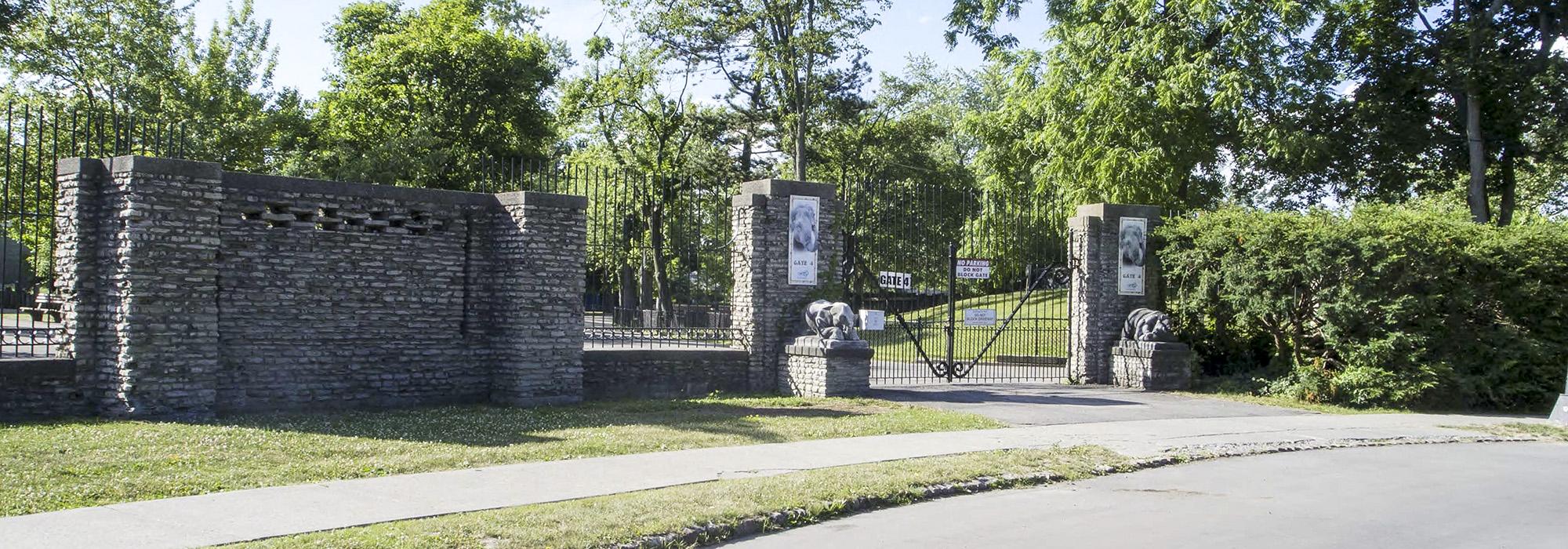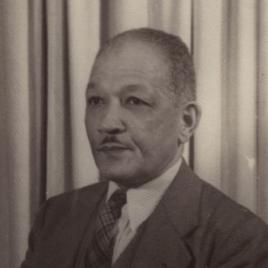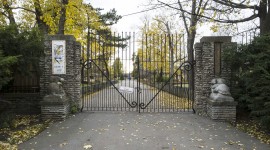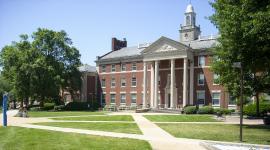Pioneer Information
Born and raised in Washington, D.C., Brent was the son of Calvin T.S. Brent, the first post-Civil War African American architect in the nation’s capital. The younger Brent attended the Tuskegee Institute from 1904 to 1907, studying carpentry and architecture. He subsequently worked for the Office of Public Buildings and Grounds in Washington, D.C., going on to study architecture and landscape design at the Drexel Institute in Philadelphia from 1909 to 1912. Upon earning his architecture degree, Brent moved to Buffalo, New York, working for various local architects until 1926. That year, he received his architect’s license and was chosen to design a “colored” Y.M.C.A. in Buffalo, where he practiced architecture independently until 1930. Brent was hired the following year by the U.S. Department of the Interior’s architecture office in Washington, D.C. While there, he assisted Howard University’s campus architect, Albert I. Cassell, in preparing plans for a classroom building and dormitories. Having completed that work in 1934, Brent returned to Buffalo, where he became a draftsman for the Buffalo Parks Department. From 1935 to 1957, he designed, planned, and implemented more than sixteen exhibits and facilities at the Buffalo Zoo as both an architect and landscape designer. One of the founding members of the Buffalo Chapter of the NAACP, Brent served as its first president from 1915 to 1916. In 1944, he became one of the first five African American architects to be granted membership to the American Institute of Architects. Brent passed away at the age of 73. He is buried in Buffalo’s Forest Lawn Cemetery.








